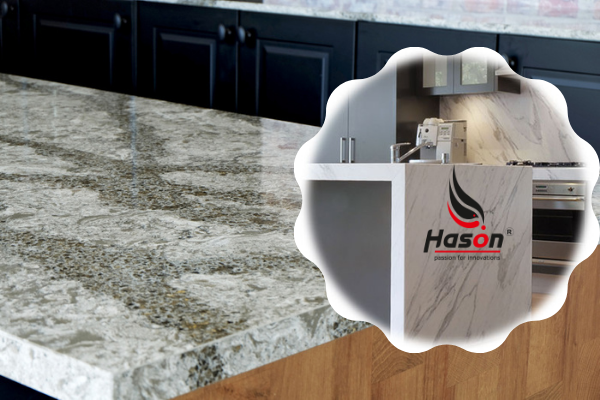About Resin?
Resin content may involve both powerful and extremely viscous fluids, but typically applies to heat-based, setting agents or light-based liquids that harden. Updated or synthetic resins are usually used for production; they may be made with additives from natural components or consist of chemical polymers. It is used for 3D printing as well.
An adhesive – to pass tension between the fibers, clasp them together and shield them from external influences – is the primary usage of resin. Some examples of natural resins are the first resins detected in nature – in seeds, bugs or trees – amber or shellac. In certain items, certain natural resins are used, but they are typically flammable and fusible and may seem soluble in liquids, rendering them not appropriate for many applications. There are very few solid surface resin manufacturers, who specialize in making such superior quality substances.
Description
Each of the resins have the potential to harden in some circumstances – by combining, boiling, or exposure to light with the setting agent. The latter process is used for 3D printing using resin. Until solidifying, certain compounds are particularly viscous liquids. The variety of synthetic resins is vast and involves thermoplastic resins such as ABS, Nylon, and Polypropylene. Any of these are referred to only in their liquid state as resins; they are merely referred to as plastics or elastomers after curing. It is difficult to melt or re-use any resins after hardening. Based on their chemical compounds, various forms of resins occur that describe their characteristics: silicones, epoxies, acrylics, alkydes, and more.
Acrylic resin is a thermoplastic, which implies it is part of a category of plastics that can be continuously heated and manipulated, whereas polyester resin and epoxy are thermosetting plastics that require heat or a catalyst to solidify into a solid mass and may not break down. Acrylic resin (but not acrylic emulsion, which is the foundation for acrylic paint) is a thermoplastic. Acrylic is combined with acrylic polymer, a dried powder, a monomer of methyl methacrylate, a thin liquid, and typically a hardener of some form of organic peroxide. In order to minimize air-bubbles and counteract the internal stresses caused by the strongly exothermic reaction, an autoclave or hydraulic press is required if parts of any size are considered. The soil, along with the monomer and its vapors, is poisonous. And organic peroxides are highly toxic, some of them are explosive, and some, if they get into one’s eyes, induce immediate blindness.
A syrupy transparent material, polyester resin is combined with a small yet unpredictable volume of an effective catalyst, which allows the curing mass to heat up (and craze if you have applied too much.) It is versatile things, typically in combination with fiberglass fabric, being useful for printing, forming, and constructing composites. It is not as solid or as transparent as plastic, with a tinge that is very yellowish. And it is also extremely poisonous, and especially the catalyst, and is also persistently evil-smelling.
What is Solid Surface Resin Used for?
solid surface resins have different uses, varying from jewelry manufacturing to the development of sports car components. For products such as carbon fiber, fiberglass and more, distinct resins may be used on their own as a foundation or as a gluing agent.
- Adhesives, coatings and paintings
- Decorations
- Electronic components for metal sections and repairs
- Gears and tubes and valves
- Intricate prototypes and modules
- Jewelry
- Hospital Equipment
- Market merchandise
- Repairing the boat, vehicle and pieces
apart from their usage as a floor protector solid surface resin manufacturers offers general purpose adhesives, as a bonding agent in cements and mortars, as rigid foams, non-slippery coatings, hardening sandy surfaces, especially in oil wells, industrial coatings, compression molding (such as aircraft components, circuit boards, etc.), fiber-reinforced plastics, and more.



